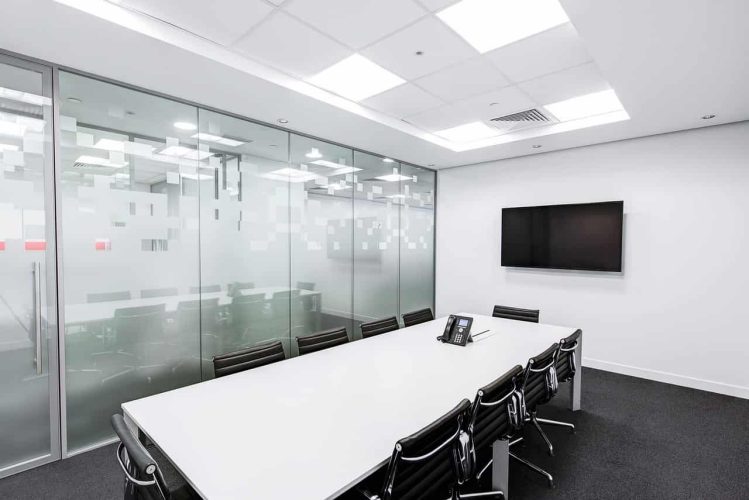When it comes to designing an office space, conference room glass walls are a vital component. They are spaces where employees can brainstorm, discuss ideas, and make important decisions. One design trend that has gained popularity in recent years is the use of glass walls in conference rooms. Glass conference rooms offer several benefits that can positively impact employee productivity and collaboration. In this article, we will explore the impact of glass conference rooms on employee productivity and collaboration.
Promoting Transparency and Accountability
One of the primary benefits of glass conference rooms is that they promote transparency and accountability. With glass walls, employees can see inside the conference room and observe the meeting in progress. This level of openness makes it easier to hold participants accountable for their actions and decisions. For example, if a decision is made that negatively impacts the company, it is easier to identify who made that decision and hold them accountable.
Moreover, the transparency that glass conference rooms provide can help to create a culture of trust and honesty within the workplace. When employees see that their colleagues are willing to have open and honest conversations, they are more likely to do the same.
Affecting Employee Mood and Well-Being
The design of a workspace can have a significant impact on employee mood and well-being, and glass conference rooms are no exception. Glass walls allow natural light to flow into the conference room, which can help to improve employee mood and energy levels. Exposure to natural light has been shown to improve sleep, reduce stress, and enhance overall well-being.
Moreover, glass conference rooms can help to create a sense of space and openness that can reduce feelings of claustrophobia and promote relaxation. Employees who feel comfortable and relaxed in their environment are more likely to be productive and engaged in their work.
The Role of Glass Conference Rooms in Office Aesthetics
The design of an office can have a significant impact on how employees perceive their workplace. Glass conference rooms can help to create a modern, sleek, and professional aesthetic that can enhance the overall look and feel of the office. The transparency that glass walls provide can also help to create a sense of continuity between different areas of the office, making the space feel more cohesive.
Moreover, glass conference rooms can be customized to match the overall design of the office. For example, frosted or tinted glass can be used to create a sense of privacy or to match the color scheme of the office. This level of customization can help to create a unique and personalized workspace that reflects the company’s values and culture.
Factors to Consider When Designing Glass Conference Rooms
When designing a glass conference room, there are several factors to consider. First and foremost is the level of privacy required for the meeting. While glass walls provide transparency, they may not always provide the necessary level of privacy. In such cases, frosted or tinted glass can be used to create a sense of privacy while still maintaining the openness of the space.
Another factor to consider is the acoustics of the conference room. Glass walls can reflect sound, which can create a noisy and distracting environment. To combat this issue, sound-absorbing materials can be used on the walls and ceiling of the conference room.
Lastly, it is essential to consider the placement of the conference room within the office. Glass walls can create a sense of openness and continuity, but they can also be a source of distraction for employees working in the surrounding areas. Placing the conference room in a location that minimizes these distractions can help to ensure that employees remain focused and productive.
Conclusion
In conclusion, glass conference rooms can have a significant impact on employee productivity and collaboration. They promote transparency and accountability, affect employee mood and well-being, and play a crucial role in office aesthetics. When designing a glass conference room, it is essential to consider factors such as privacy, acoustics, and placement within the office. By doing so, companies can create a workspace that promotes productivity, engagement, and collaboration.

